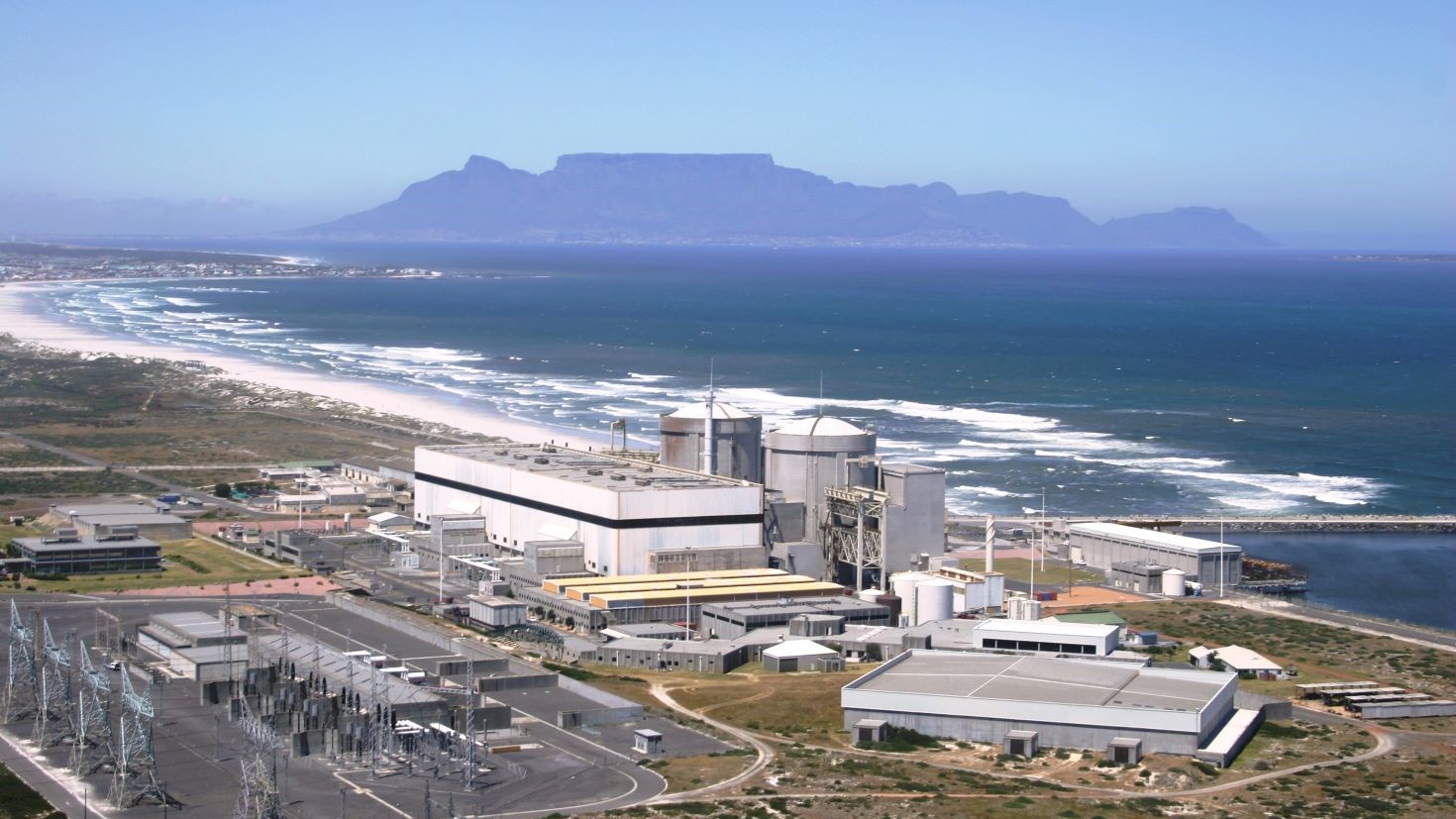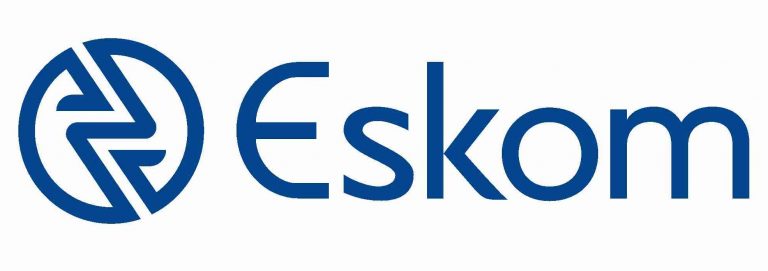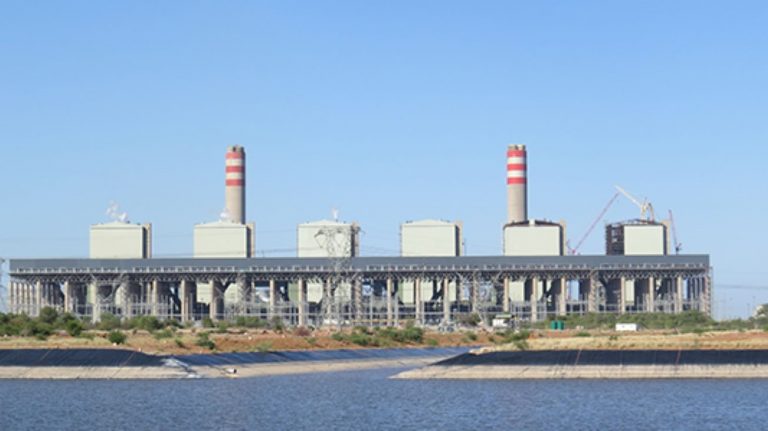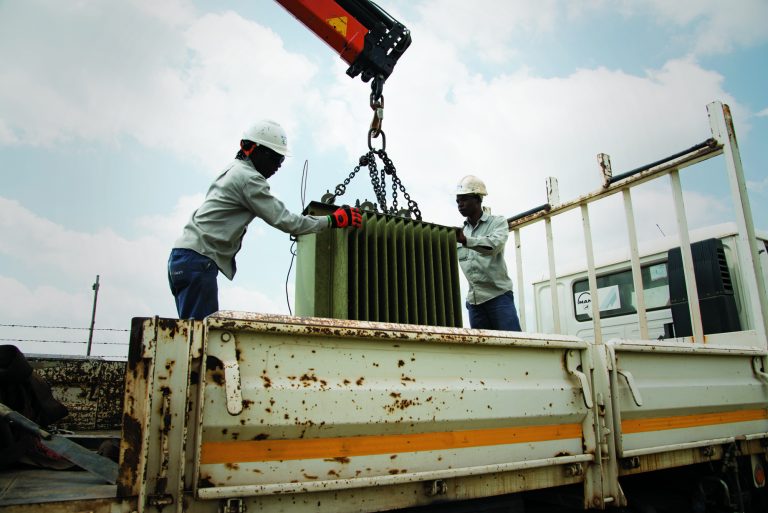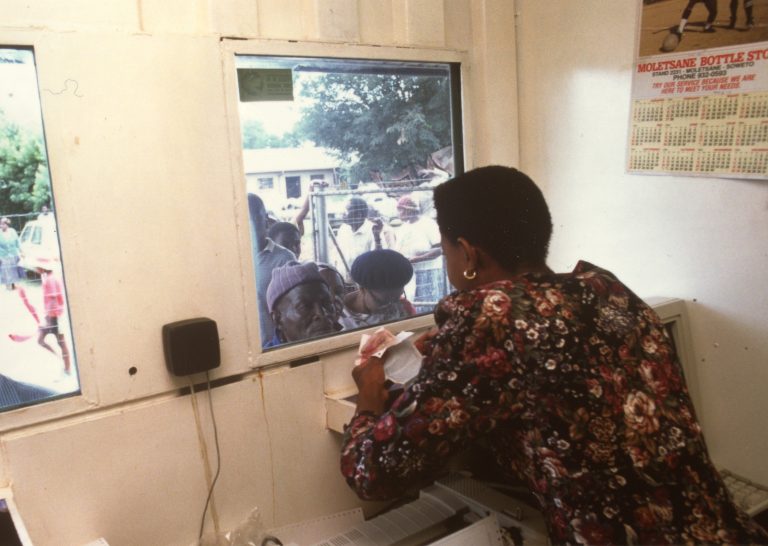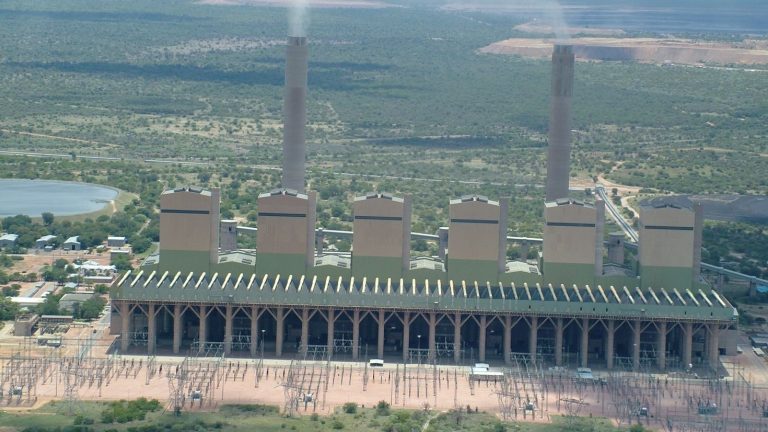Eskom pins hopes on returning Koeberg and Kusile power station units to reduce pressure on constrained power system
Wednesday, 11 May 2022: Eskom’s presentation during the State of the System update today revealed that the national electricity grid remains constrained, with an elevated risk of loadshedding over the winter period, particularly during the morning and evening peaks. During the next few weeks, Eskom will return to service two units at Kusile Power Station and Koeberg Unit 2 is expected to return by the end of June 2022. These three large generation units will add approximately 2 500MW to the power system.
Unit 2 of the Koeberg Nuclear Power Station, together with the two generation units expected to return to service following the modification and correction of the design defects on one unit and repairs to the Flue Gas Desulphurisation technology on the other unit at the Kusile Power Station, will significantly ease the demand pressure in time for the high winter demand. These Kusile units will add a combined 1 600MW to the power system while Koeberg 2 will add another 920MW when it returns to service by the end of June.
Since January Eskom has had to operate with only a single unit, or half the capacity, of Koeberg, while the other unit has been undergoing a routine refuelling and other Long-Term Operation activities. Added to this Koeberg capacity being offline for this period, Eskom has also had to cope without the 794MW normally contributed by the damaged Unit 4 of Medupi Power Station. Together, these two units are responsible for the implementation of almost two stages of loadshedding.
“As Eskom grapples with loadshedding and other operational challenges, we remain committed to the principles of openness and transparency about our operations. As such, the State of the System update, the Eskom Data Portal and the regular media briefings give us an opportunity to provide insights about the state of the power system and keep South Africans and all stakeholders informed and enable them to plan ahead, are consistent with this commitment accountability,” remarked Eskom Group Chief Executive, André de Ruyter. “Eskom also wishes to thank all South Africans for continuously heeding the call to use electricity sparingly, thus assisting in alleviating the pressure on the power system.”
Due to low plant availability Eskom has increasingly relied on the usage of diesel-powered open cycle gas turbines (OCGTs) to limit the implementation of loadshedding, from 1 January to 10 May this year, loadshedding has been implemented for 32 days. This is six days more than the 26 days of loadshedding during the same period last year.
The increase in the implementation of loadshedding came on the back of higher levels of unplanned plant breakdowns, which averaged 26% of the fleet in the period ended March 2022. During this period the energy availability factor (EAF) averaged 62%.
As Eskom has consistently communicated, the high levels of planned maintenance are its major internal response to limit the breakdowns by increasing the reliability of the plant. During the summer months approximately 12% of the generation capacity had been taken offline for planned maintenance in preparation for the winter.
“Planned maintenance is Eskom’s only weapon to try bring reliability and predictability to a neglected plant,” said Eskom Chief Operating Officer, Jan Oberholzer. “In order to create space to effectively execute on the Reliability Maintenance Recovery (RMR) programme while fully powering a growing economy, South Africa desperately needs additional generation capacity of between 4 000MW and 6 000MW. With power stations reaching the end of their operational life, the gap will only increase. Bringing on new capacity onto the grid as soon as possible is therefore critical and requires an SA Inc. approach.”
Long-term solutions were implemented on coal handling to effectively address coal stock challenges which have long been a contributing factor to poor plant performance. Coal stock levels are healthy with average of 38 days’ worth, excluding Medupi and Kusile. Coal stocks jump to an average 77 days’ worth of stock when those two are included.
Significant progress is also being made in the completion of the new build Kusile Power Station. Unit 4 achieved full load of 800MW on 11 January 2022 and successfully accomplished the 30-day reliability run on 27 April as commissioning tests continue towards commercial operation. The unit was first synchronized to the national grid on 23 December 2021 and is on course for commercial operation by July 2022.
Modification and correction of the major design defects on the boiler plant at Medupi have been completed. This has significantly improved the performance of the power station, helping to limit the implementation of loadshedding.
Medupi’s energy availability factor (EAF) rose to 67% by the end of April 2022, up from 46% in April 2020, before the modifications.
“Each of the six generation units had to be switched off for 75 days to perform this work. This will indeed prove to be a worthy sacrifice for the people of South Africa, who have had to endure long hours of loadshedding in order for Eskom to correct these poor designs,” said Oberholzer. “This consistently higher EAF is the clearest testament to the correctness and accuracy of the agreed technical solutions and the corrective work of what had hobbled the performance of the power station.”
Once the agreed technical solutions are complete at both stations, Eskom expects both Medupi and Kusile to form the backbone of an evolving and greener power system that will be able to take South Africa into a more sustainable and dynamic energy industry. Similar technical corrections to the design defects of the first two units of Kusile Power Station have also been successfully concluded, the last one (Unit 2) having been completed during May. Corrections to the design defects on Unit 3 are currently under way.
The Koeberg Nuclear Power Station continues to operate efficiently and within the required safety parameters. Unit 1 has been operating without interruption for 196 days since its last refuelling and maintenance outage.
Apart from the postponement of the Steam Generator Replacement (SGR) on Unit 2 due to the significant risk to the grid posed by delays in carrying out the SGR installation according to the outage plan, other maintenance and refuelling outage activities, including the replacement of the reactor vessel head, are progressing as planned.
The unit, which produced electricity for 454 days without interruption ahead of the January 2022 refuelling and maintenance shutdown, is expected to return to service by end June 2022, which will add a great boost to Eskom’s efforts to reduce loadshedding and meet the high winter demand. The SGR on this unit has been postponed for the outage next year.
In addition, the Koeberg Long-Term Operation (LTO) activities to enable Koeberg to operate for another 20 years beyond 2024/25 are underway. Eskom will by June 2022 submit the required supporting documentation to the National Nuclear Regulator (NNR) for evaluation. Eskom has been consistently working with the regulator and is clearly aware what is required to meet the regulator’s expectations in this regard.
As part of the review of Koeberg life extension programme, an International Atomic Energy Agency (IAEA) team of nuclear experts carried out a review of the life extension activities during March 2022. Eskom’s preparations and efforts received reassuring feedback from IAEA team.
Sharing the Winter Plan, Eskom’s Group Executive for Transmission, Segomoco Scheppers, highlighted that the outlook shows an elevated risk of loadshedding remains. “One thing counting in favour of the country is the world class and effective management by the transmission system operator, whose main task is to maintain the balance between supply and demand,” said Scheepers. In executing its duties, the System Operator will unfortunately continue to rely on the usage of the Open Cycle Gas Turbines, which burn expensive diesel to mitigate the impact of loadshedding. The distribution system continues to provide good and sustainable performance.
Meanwhile, the Ingula Nature Reserve was included in the International Ramsar Convention on Wetlands of International Importance, an international treaty for the conservation and sustainable use of wetlands. This international acclaim is a product of the Ingula Partnership, which comprises Bird Life South Africa, Middelpunt Wetland Trust and Eskom), local and national government and other key environmental stakeholders. This Ramsar status shows responsible industrial activity can be of significant benefit to nature conservation and the protection of wetlands, such as the Ingula.
Once again, Eskom wish to express sincere gratitude to outgoing Group Executive for Generation, Phillip Dukashe for his contribution to Eskom and the country over the past 26 years of his employment at Eskom. We also thank the interim Group Executive, Rhulani Mathebula, for readily stepping into the role and accepting this critical responsibility.
ENDS

